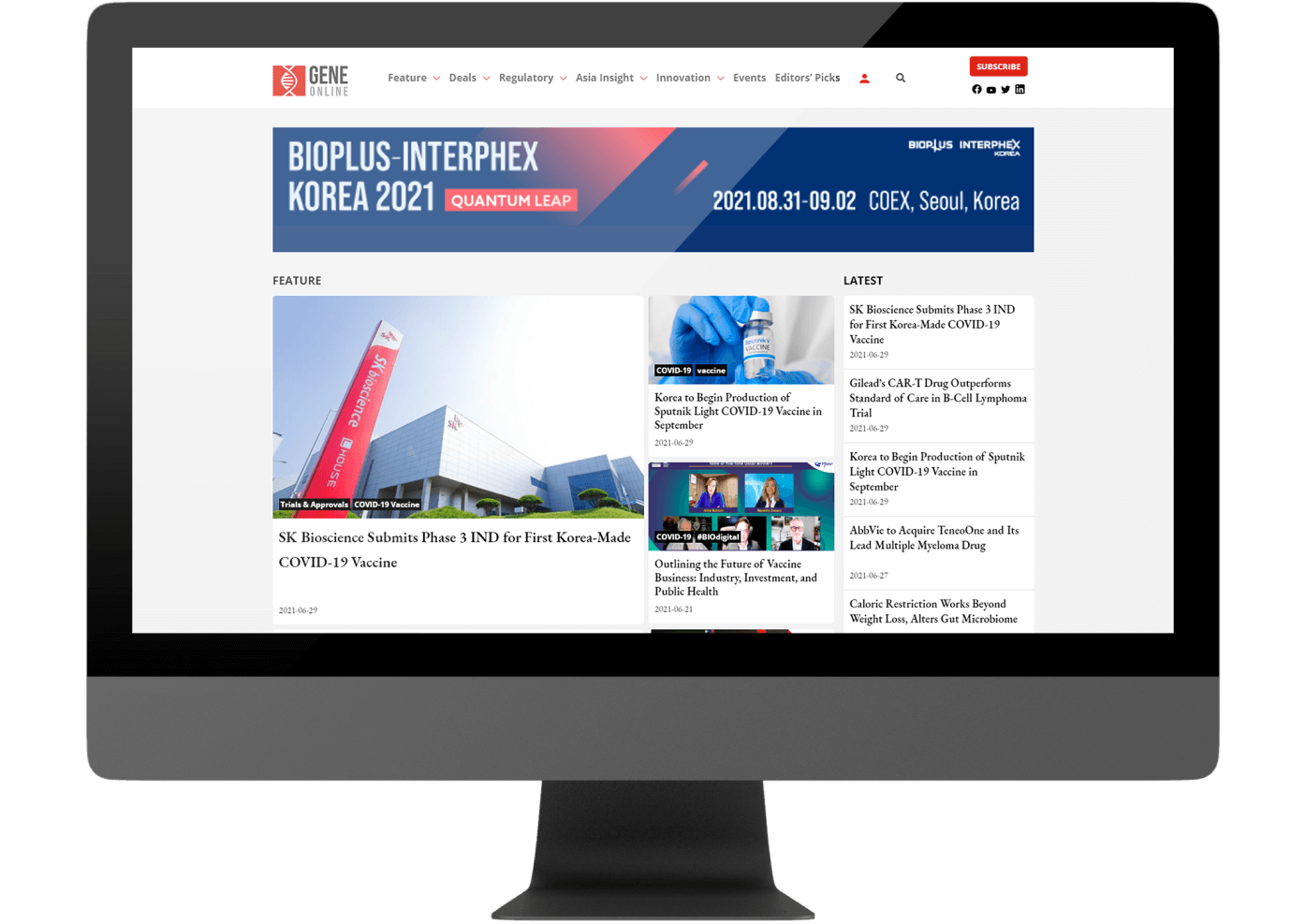Tecentriq/Arbaxane Combo Becomes the First FDA Approved Immunotherapy Regimen for Breast Cancer Treatment
By Rajaneesh K Gopinath, Ph.D.
This marks the fifth FDA approval for Tecentriq in the past couple of years. The combination therapy is approved for the treatment of patients with advanced or metastatic triple-negative breast cancer whose tumors are PD-L1 positive.
Breast cancer is the most common type of cancer that affects women all over the world. Although triple negative breast cancers (TNBC) constitute only 15% of this population, it is very aggressive and have poorer prognosis. Since TNBCs are negative for estrogen, progesterone or HER2 protein, they do not respond to the therapies that target the hormonal or HER2 receptors.
On the eve of international women’s day, on March 8th, the USFDA granted accelerated approval of a breast cancer combination therapy involving the swiss pharma giant Roche’s PD-L1 inhibitor Tecentriq (Atezolizumab) and the chemotherapy agent, Arbaxane (nanoparticle albumin-bound-paclitaxel) developed by Celgene. This will go down in history as the first immunotherapy regimen to garner an FDA approval for the treatment of any form of breast cancer. Tecentriq is a humanized, monoclonal antibody that blocks the interactions of PD-L1 protein with PD-1 receptor, thereby activating the immune system.
“The FDA approval of this Tecentriq combination is an important treatment advance for people with PD-L1-positive, metastatic triple-negative breast cancer, a disease with high unmet medical need,” said Sandra Horning, MD, Roche’s Chief Medical Officer and Head of Global Product Development. “This Tecentriq combination is the first cancer immunotherapy regimen to be approved in breast cancer, representing a meaningful step forward in the understanding of this disease.”
FDA Approval History
Developed in 2015 as an investigational immunotherapy candidate, it soon rose to the status of a flagship product by excelling in various trials either as a standalone agent or in combination with various immuno- and chemotherapy partners. As a result, the drug received as much as five FDA approvals in such a short period (see table below).
| Date of FDA approval | Therapy |
| May 2016 | Urothelial carcinoma treatment |
| Oct 2016 | A specific type of metastatic lung cancer treatment |
| Apr 2017 | Initial treatment for advanced bladder cancer |
| Dec 2018 | Combination with Avastin and chemotherapy as an initial treatment for metastatic NSCLC |
| Mar 2019 | Combination with Arbaxane as an initial treatment for PD-L1 positive TNBC |
Clinical Trial Data
The approval was based on the multicentre, randomised, double-blind, Phase III IMpassion130 (NCT02425891) study that enrolled 902 people. The trial was conducted on PD-L1-positive patients with unresectable (irreparable), locally advanced or metastatic TNBC who had not received prior chemotherapy. It was found that the progression free survival (PFS) in the Tecentriq plus nab-paclitaxel arm was increased to a median of 7.4 months as compared to chemotherapy with placebo (4.8 months, HR=0.60, 95% CI: 0.48-0.77, p<0.0001). This means the risk of the disease was reduced as much as 40% with the combo therapy.
The safety profiles were comparable to that of existing norms and the most common side effects include nausea, vomiting, hair loss, diarrhea, constipation, low RBC, WBC and neutrophil count, tingling or numbness in the hands and feet, exhaustion, low blood potassium level, pneumonia and increased levels of a liver enzyme in the blood. Additionally, Roche’s VENTANA PD-L1 (SP142) predictive assay received concurrent FDA approval as the first companion diagnostic for this combo therapy.
References
- https://www.roche.com/media/releases/med-cor-2019-03-11.htm
- https://www.drugs.com/history/tecentriq.html
- https://www.breastcancer.org/symptoms/diagnosis/trip_neg
- https://www.genengnews.com/news/fda-approves-tecentriq-abraxane-combo-as-first-immunotherapy-regimen-for-breast-cancer/
- https://www.nejm.org/doi/pdf/10.1056/NEJMoa1809615
©www.geneonline.com All rights reserved. Collaborate with us: service@geneonlineasia.com









